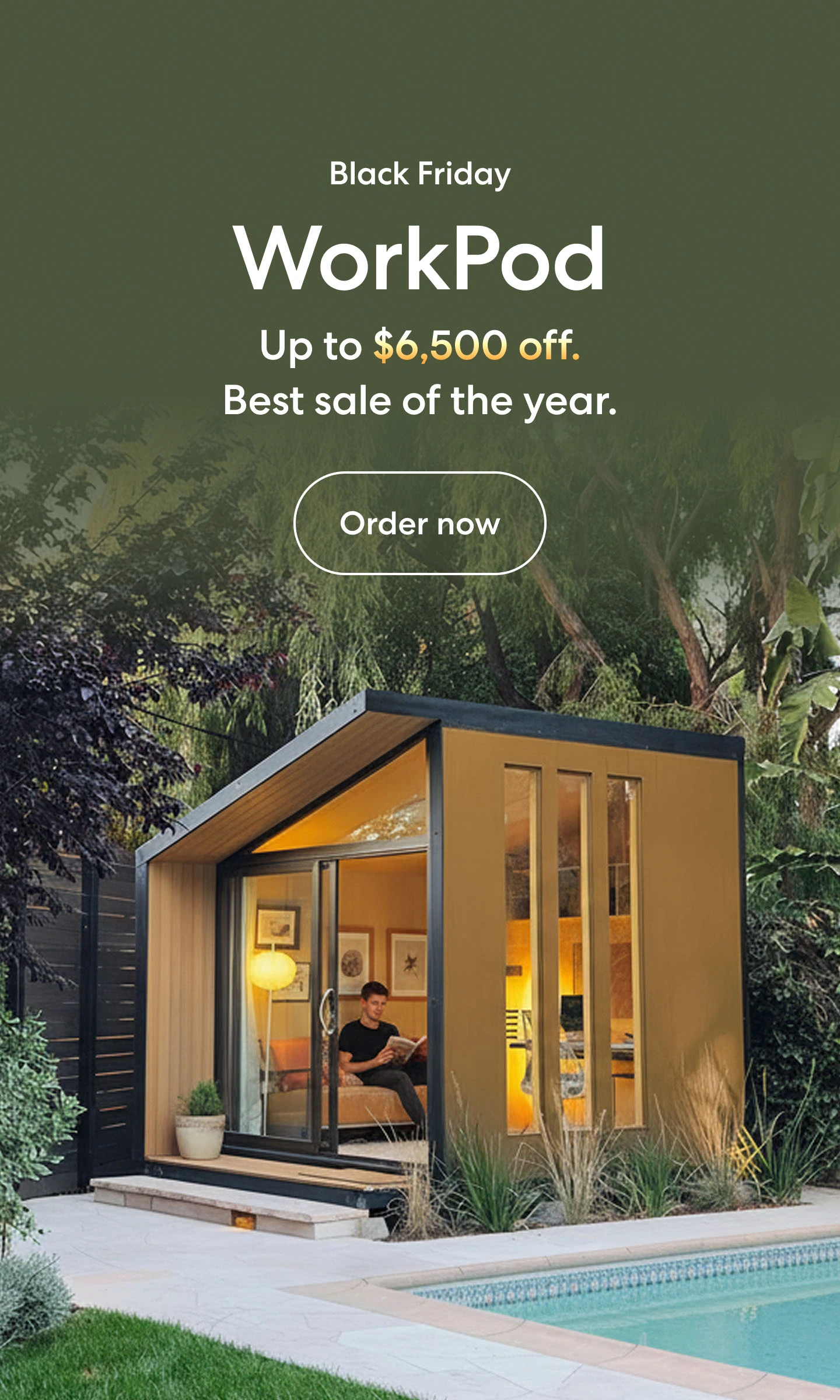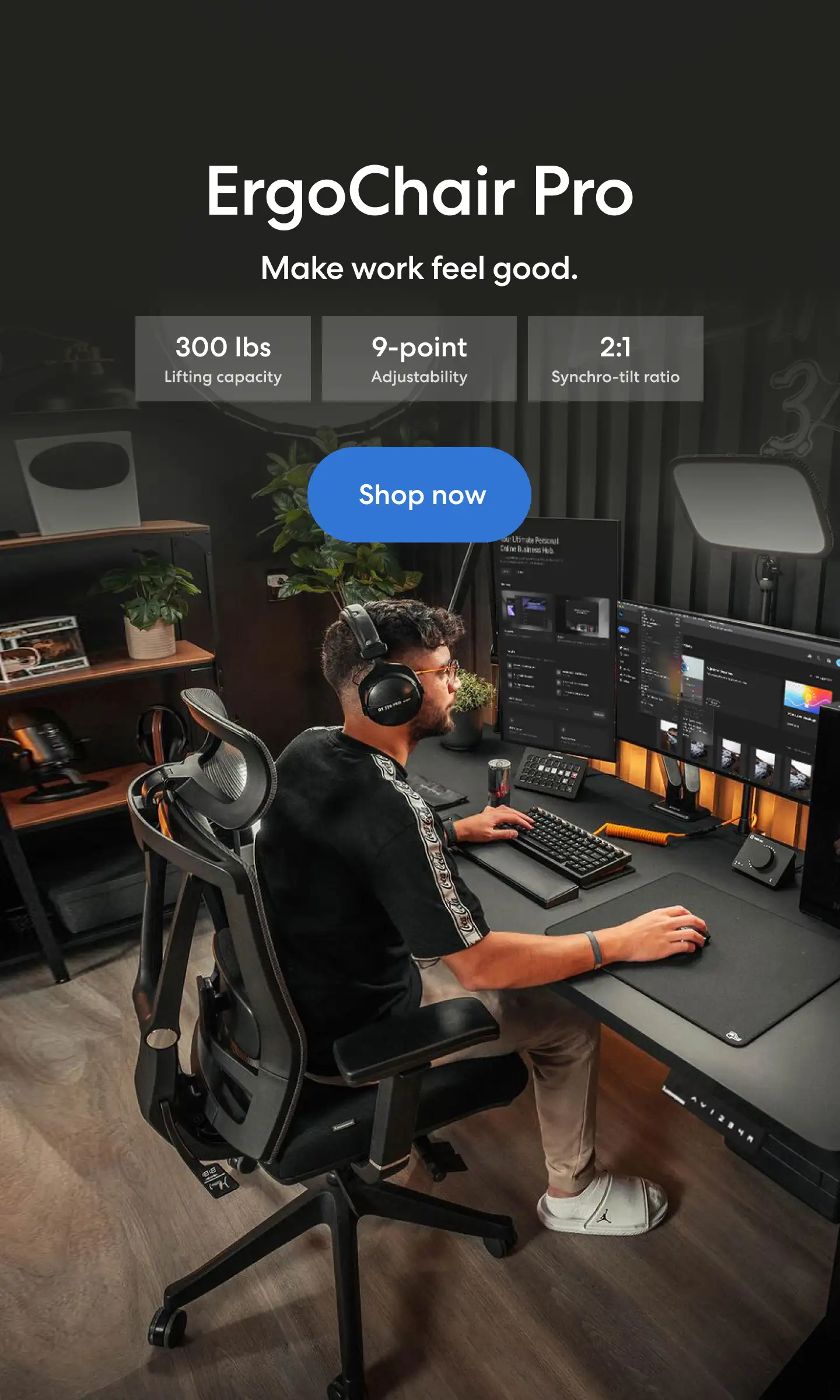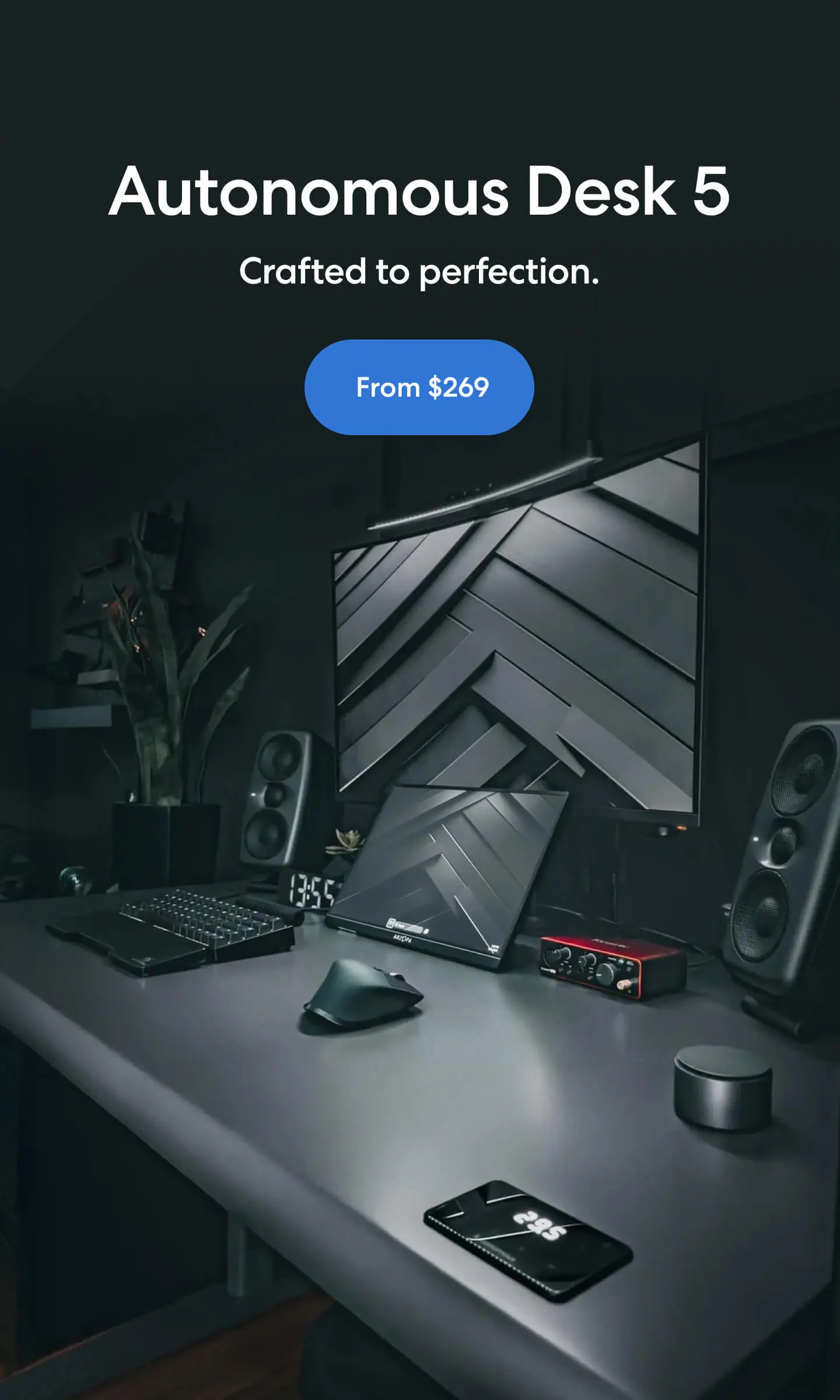.webp)
Mesh vs Cushion vs Foam vs Upholstered Chair Compared
Table of Contents
Sitting for long hours at a desk can take a toll on your back, tailbone, and overall comfort. Choosing the right chair isn’t just about style—it affects your posture, circulation, and how long you can stay productive without discomfort.
The office chair materials and design play a big role in how supportive and comfortable it feels. Mesh, cushion, foam, and upholstered chairs all offer different benefits, from breathability to pressure relief. Understanding these differences will help you pick an office chair that fits your body, sitting habits, and comfort needs.
In this article, we’ll break down each chair type, compare their pros and cons, and guide you to the best option for tailbone relief, posture support, and long-term comfort.
1. Mesh Chairs
Mesh chairs are known for their breathability and lightweight design. Instead of traditional padding, they use a woven mesh material that allows air to circulate, keeping you cool during long work sessions. The flexibility of the mesh also conforms to your back, providing support while encouraging natural movement.
Benefits:
- Breathability: Mesh allows airflow, preventing sweating during long hours.
- Adjustable support: Many mesh chairs come with adjustable lumbar and back tension.
- Lightweight and flexible: Easy to move and often easier to clean.
Drawbacks:
- Limited cushioning: They may not offer enough padding for tailbone relief or extended sitting comfort.
- Less plush feel: Some users find mesh chairs too firm for long-term sitting.
Best for: Those who prioritize airflow, ergonomic back support, and a lighter, modern look.
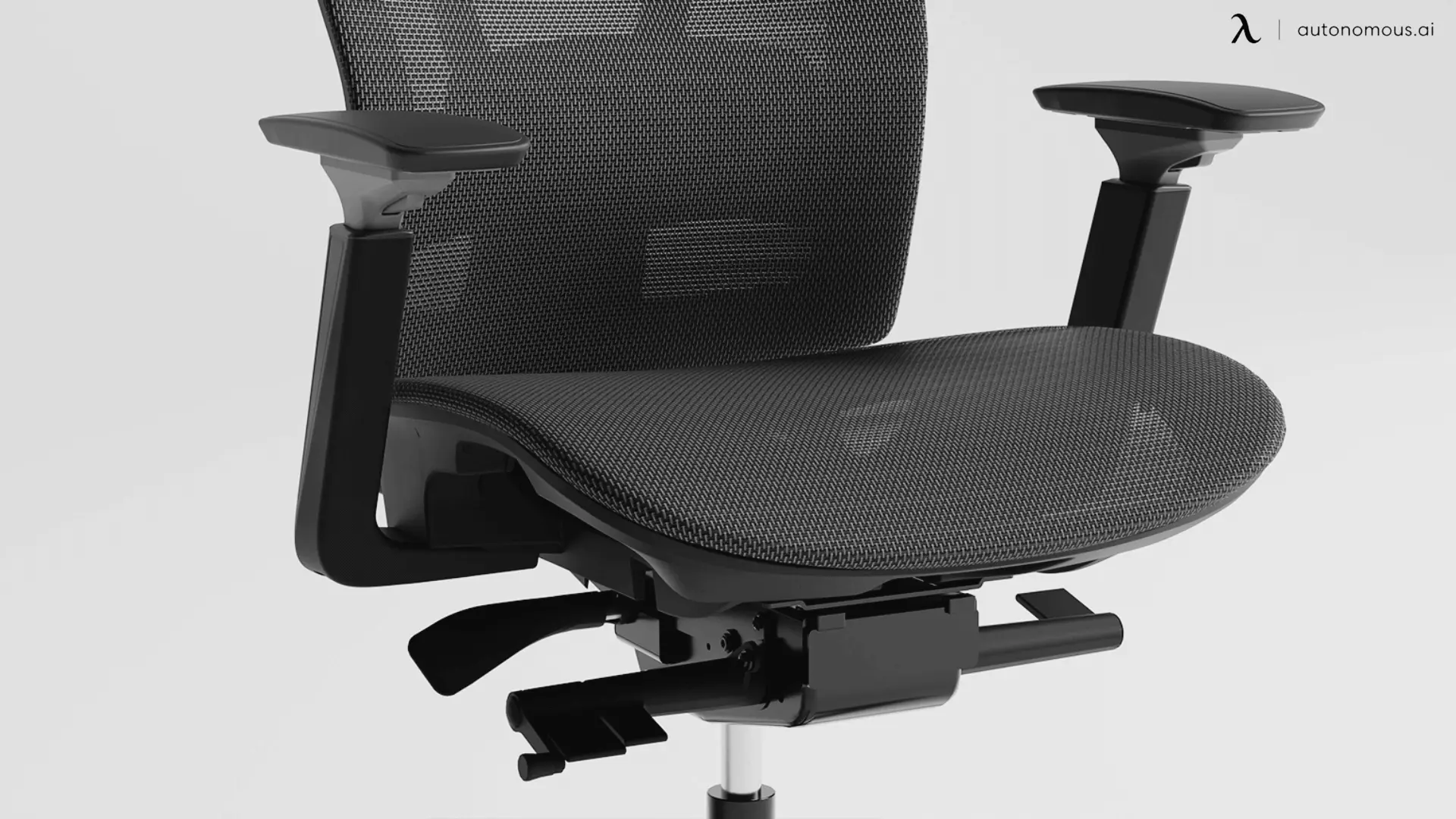
2. Cushion Chairs
Cushion chairs feature padded seats made of foam, memory foam, or other soft materials. They focus on comfort and pressure relief, making them a popular pick for anyone who spends long hours at a desk and wants that plush feel without losing support. An office chair with cushion can ease tailbone strain, while a thick cushion office chair gives extra padding for extended comfort.
Benefits:
- Pressure relief: Soft padding helps reduce strain on the tailbone and hips.
- Comfortable for long sessions: Ideal for those who feel sore on harder surfaces.
- Variety of materials: Memory foam, gel-infused foam, or standard foam cushions are available depending on your comfort preference.
Drawbacks:
- Less breathable: Foam can trap heat, which might be uncomfortable in warmer environments.
- Can flatten over time: Cushions may lose their shape or support with heavy use.
Best for: Users looking for a softer, more comfortable seat that eases pressure on the coccyx and supports long sitting periods.
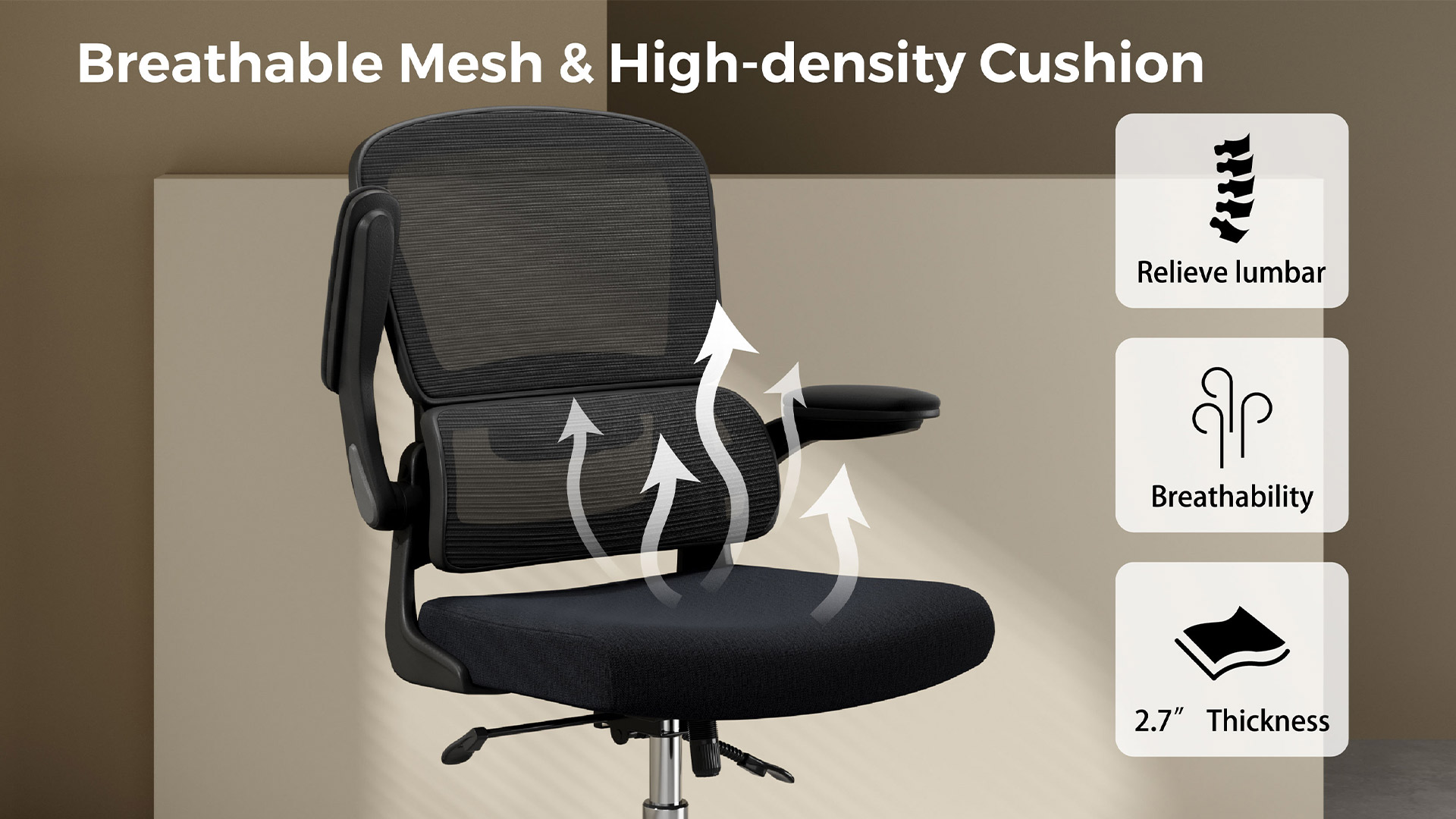
3. Foam Chairs
Foam chairs are designed with dense foam padding molded directly into the seat and sometimes the backrest. Unlike removable cushions, foam chairs provide a firm, consistent support structure that conforms slightly to your body while maintaining its shape.
Benefits:
- Firm support: Helps maintain proper posture and spinal alignment, reducing tailbone and lower back strain.
- Durable: High-density foam can retain shape longer than soft cushion pads.
- Customizable firmness: Some foam chairs use layers or memory foam blends to balance softness and support.
Drawbacks:
- Less soft than cushion chairs: Can feel too firm for those who prefer plush seating.
- Heat retention: Certain foam types can trap warmth, making them less breathable than mesh.
Best for: Users who want a balance between comfort and support, with a focus on posture and long-term durability.
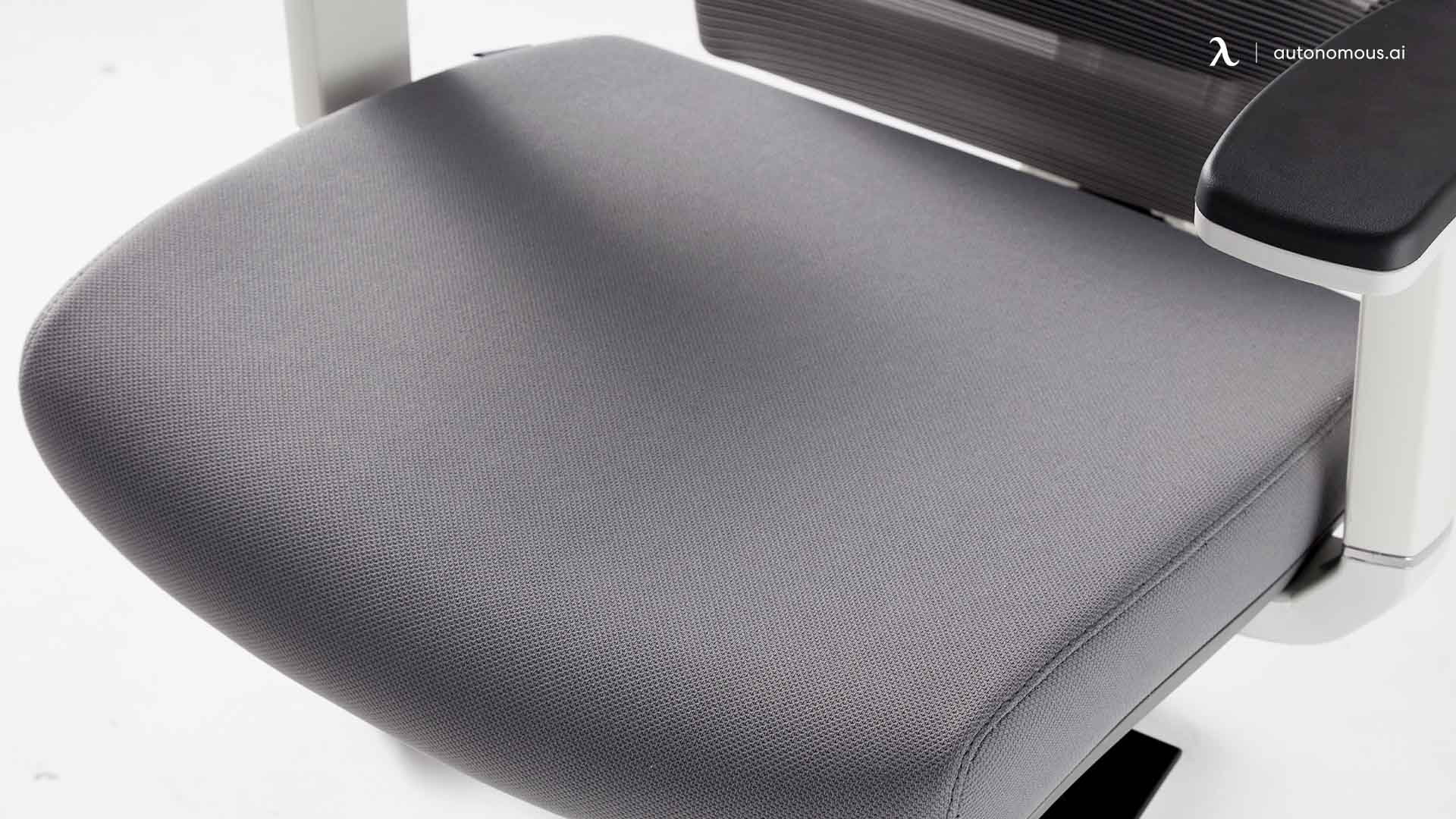
4. Upholstered Chairs
Upholstered chairs are covered with fabric, leather, or faux leather, often with built-in padding for added comfort. A fabric computer chair is a popular choice for breathability and a softer aesthetic, while a genuine leather office chair adds a premium look and durability.
Benefits:
- Comfortable and soft: Thick padding and smooth fabric make long sitting sessions cozier.
- Aesthetic appeal: Wide range of fabrics, colors, and textures to match your office or home decor.
- Even weight distribution: The padding helps reduce pressure points, which can protect your tailbone and hips.
Drawbacks:
- Less breathable: Fabric or leather may trap heat, especially in warm environments.
- Can wear over time: Padding may compress and fabric may show wear, reducing long-term support.
- Limited adjustability: Many upholstered chairs focus on comfort over ergonomic customization.
Best for: Users prioritizing style and softness, who sit for moderate periods or in environments where appearance matters as much as ergonomics.
For those exploring finishes, learning about office chair upholstery and the differences between bonded leather vs faux leather can help you pick the right style and material for your workspace.
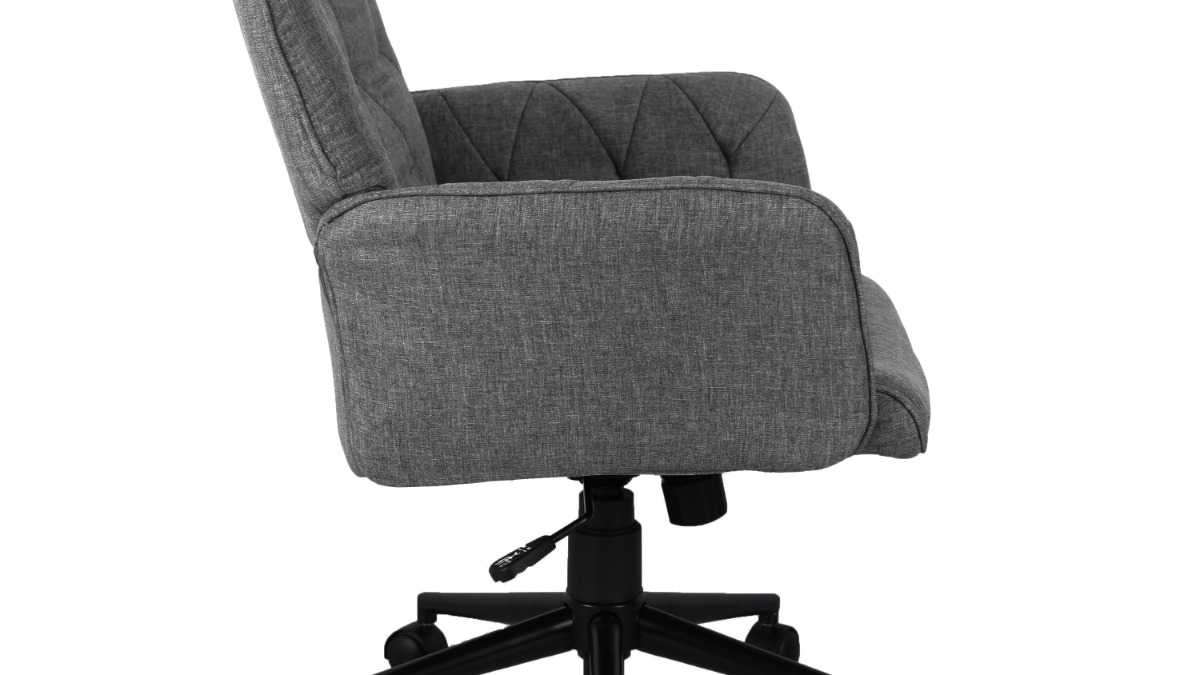
How to Choose the Right Chair
Chair Type | Best For | Key Benefits | Possible Drawbacks |
Mesh | People who run warm and want airflow | Breathable, flexible support, modern look | Limited cushioning, may feel too firm |
Cushion | Anyone needing plush comfort for long hours | Pressure relief, softer feel, variety of cushion types | Traps heat, can flatten over time |
Foam | Users focused on posture and durability | Firm, supportive, long-lasting shape | Less plush, some heat retention |
Upholstered | Those prioritizing style and cozy seating | Soft, aesthetic appeal, even weight distribution | Less breathable, padding can compress |
FAQs
Mesh vs cushion office chair — which should I buy?
Choose a mesh office chair if you value breathability and back support. Go for a cushion office chair if you want plush comfort and tailbone relief during long sessions.
Mesh vs cushion chair — which is better for posture?
Mesh chairs encourage upright posture with flexible back support. Cushion chairs provide softness but may allow slouching if not paired with good lumbar support.
Mesh seat vs cushion seat — which is more comfortable?
A cushion seat feels softer and relieves pressure points, while a mesh seat is cooler and less likely to trap heat. Comfort depends on your sitting habits.
Mesh vs foam office chair — which offers more durability?
Foam office chairs hold their shape longer and give firmer support. Mesh office chairs are lighter and breathable but can stretch out with heavy use.
Mesh vs cushion seat office chair — which is better for tailbone pain?
A cushion seat office chair with memory foam or gel padding usually provides more relief for tailbone pain than mesh, though mesh reduces heat buildup.
Mesh vs upholstered chair — which looks and feels better?
An upholstered chair offers classic style and soft padding, while a mesh chair feels modern and practical, with better airflow for long workdays.
Which chair type is best for hot climates?
Mesh chairs work best in warmer environments since airflow prevents sweating. Cushion, foam, and upholstered chairs tend to trap more heat.
Can I make a cushion chair more breathable?
Yes. Using breathable seat covers or adding a ventilated cushion can improve airflow. Some newer cushion chairs also come with cooling gel layers.
Are mesh chairs uncomfortable for long sitting hours?
They can be if you prefer plush padding. However, high-quality mesh chairs with lumbar adjustments balance comfort with support for extended use.
Which chair type is the best long-term investment?
Foam and mesh chairs usually last longer than cushion-only chairs. Upholstered chairs combine comfort and style but may wear faster depending on fabric quality.
Conclusion
Finding the right office chair comes down to knowing what your body needs and how you work each day. If breathability and posture support matter most, a mesh office chair might be the answer. For plush comfort and tailbone relief, a cushion seat office chair stands out. Those who want firm, long-lasting support can lean toward foam chairs, while anyone balancing comfort with style may prefer an upholstered chair.
There’s no one-size-fits-all solution — the key is matching your chair to your comfort priorities, work habits, and environment. Whether you’re weighing mesh vs cushion office chairs or comparing foam and upholstered designs, the right choice will keep you supported, productive, and comfortable for years.
Spread the word
.svg)


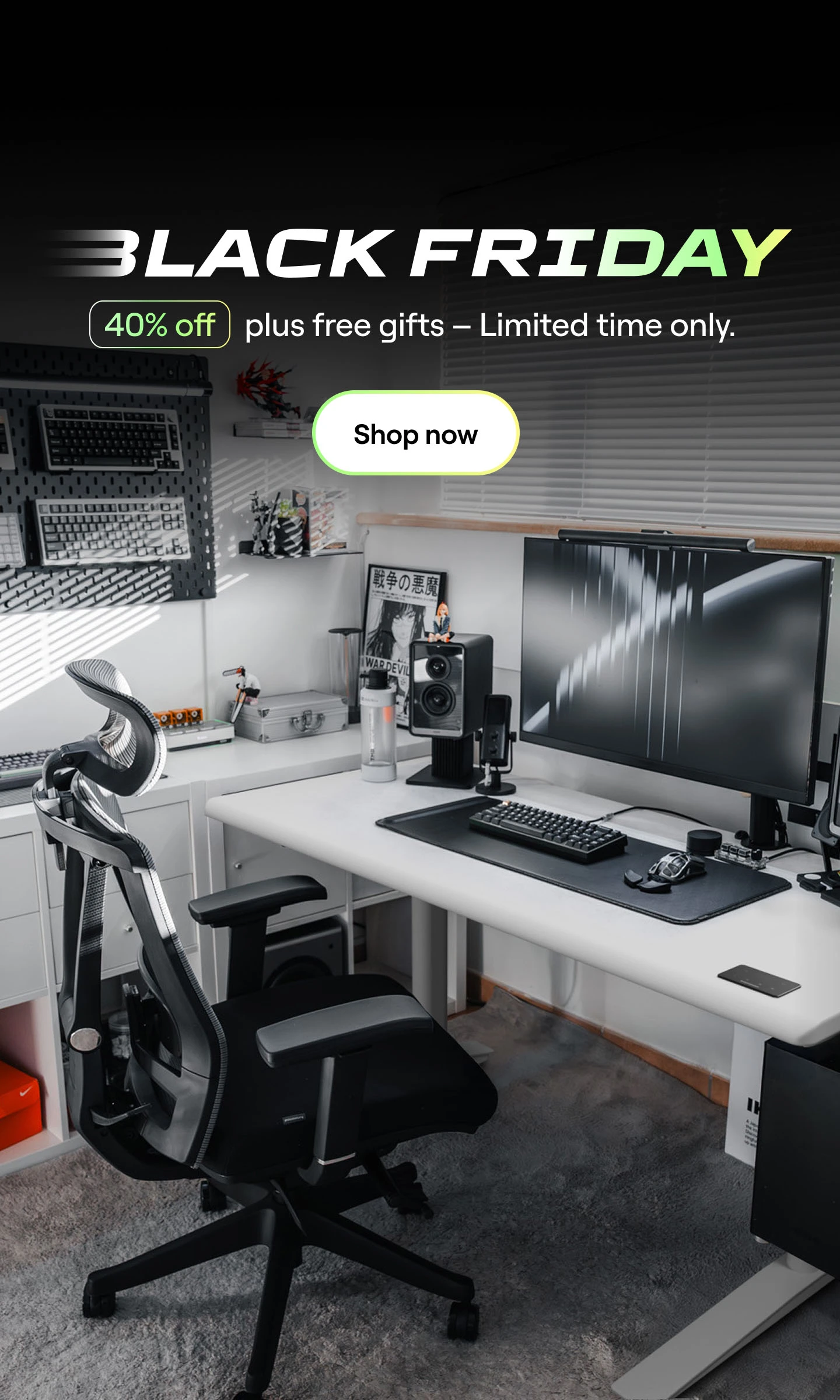
(1).webp)
